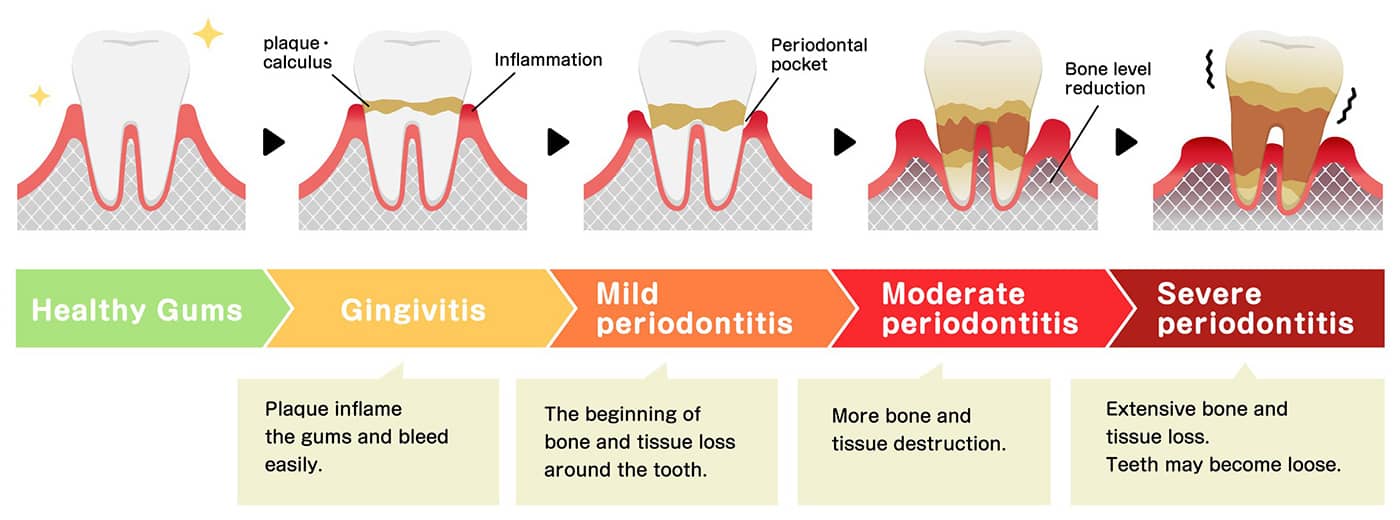Periodontal Prosthesis
Periodontal Prosthesis
Periodontal Prosthesis is difficult to define in one or two sentences. It is a combination of concepts. Periodontics is the area of dentistry that deals with the gum and bone to which the teeth are attached. Prosthetics, or Prosthodontics, is the area of dentistry that deals with tooth replacement (crowns, bridges, dentures), same as in a “prosthetic” arm or leg. The 1950s and 60s saw the birth of Periodontics as an emerging specialty in dentistry and the University of Pennsylvania had, on their faculty, several of the pioneers who were instrumental in that development, namely, Dr. D Walter Cohen and Dr Morten Amsterdam.
A tooth affected by periodontal disease is typically looser than it once was, because some of the supporting bone as been lost from around it, just as a stick in the ground would loosen if one dug ground from around it. As the disease process advances one sees completed periodontal cases with a greater number of missing teeth, longer looking teeth, loose teeth, drifted teeth and bad bites. When these teeth were “saved” individually by periodontal treatment, they presented challenges of how to use them in a prosthetic design. This is where the concept of Periodontal Prosthesis was borne. It typically involved moving teeth back into place orthodontically, establishing them in a good bite, and joining them together like pickets in a fence via large bridges for stabilization and replacement of missing teeth. All of this required an approach that was considerably different and much more comprehensive in scope than existing traditional dental procedures. The training for this was 3 years from which was earned a graduate certificate in Periodontics and another in Periodontal Prosthesis – Fixed Prosthodontics. The name given to Periodontal Prosthesis was that selected by Drs Cohen and Amsterdam. Dr. Phillips was fortunate to be trained by these individuals and was the major influence on his philosophy in dentistry.


